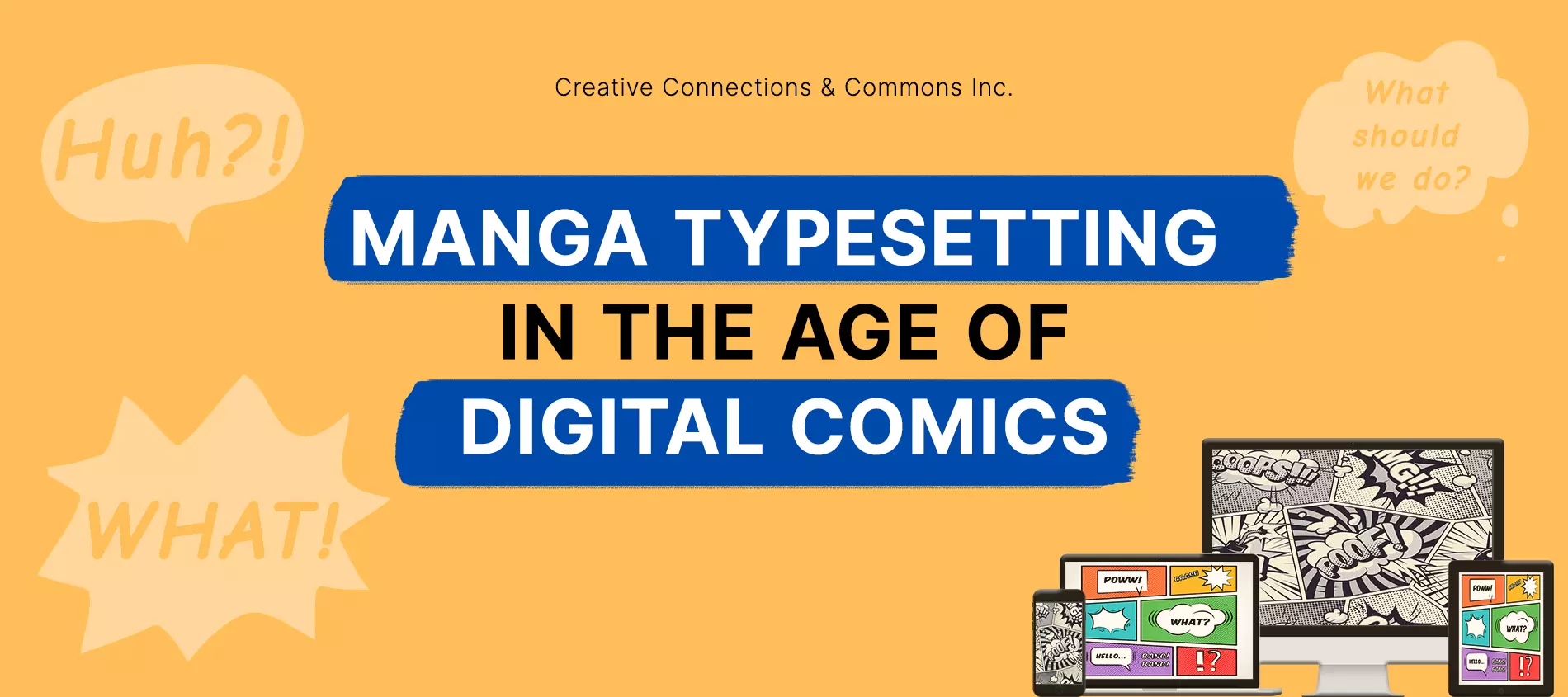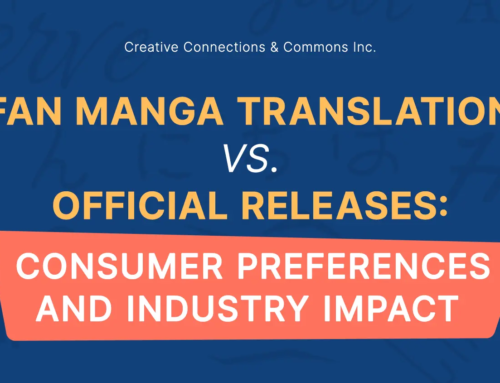Manga, the beloved Japanese art of storytelling through comics or graphic novels, has captured the hearts of people worldwide. In the age of digital comics, manga is no longer confined to Japan; it’s now accessible to a global audience. One of the key elements that facilitates this widespread access is manga typesetting.
This article highlights the world of typesetting manga and its importance in the digital age. It also explores the role of typesetters when translating manga into other languages. With professional manga typesetters, you’ll be confident that every element of your manga successfully translates into the target language.
Key Takeaways:
- Manga typesetting plays a crucial role in bringing manga to global audiences in the digital age.
- A professional manga typesetter ensures that manga translations into other languages maintain the original work’s essence and appeal.
- Understanding linguistical and cultural nuances is vital when you translate manga to English or other languages.
- CCC is a professional translator for manga with top-notch typesetting services.
Table of Contents:
- The Evolution of Manga Typesetting
- The Role of a Manga Translator
- The Importance of Professional Manga and Comic Typesetting
- Common Typesetting Mistakes To Avoid
- The Growing Global Demand for Manga
- The Digital Revolution and Accessibility
- Challenges in Manga Typesetting for the Digital Age
- The Intersection of Technology and Artistry
- The Human Touch in Digital Typesetting
- Bridging Cultures Through Manga
- The Future of Manga Typesetting
- Contact CCC: Your Professional Manga Typesetter and Translator
The Evolution of Manga Typesetting
Typesetting manga and comics has come a long way from its traditional roots. In the past, it involved intricate manual processes, including hand-lettering and composing text on physical pages. With the digital revolution, typesetting has become more efficient and versatile.
Digital tools allow for precise positioning of text, sound effects, and dialogue bubbles. The artistry of typesetting now extends to choosing the right fonts, sizes, and colors to enhance the reader’s experience.
The Role of a Manga Translator
At the heart of typesetting lies the work of a manga translator. Translators are responsible for transforming the original Japanese text into a language that a target audience can understand and enjoy. This process is not as straightforward as it may seem.
When you translate manga to English or another language, you must consider its original cultural references, puns, and wordplay. The translator’s role is to bridge the gap between cultures while preserving the unique voice of the manga.
A skilled manga translator understands the cultural nuances, idioms, and context-specific language used in the manga. They must carefully select the equivalent expressions in the target language. Thus, typesetting goes hand-in-hand with manga translation and localization.
The Importance of Professional Manga and Comic Typesetting
Professional typesetting is crucial in ensuring that the translated manga maintains its original essence and appeal. Amateurs may produce disjointed work whereas professionals have the expertise to handle the layout, text placement, and formatting with precision.
Professional typesetters understand the unique requirements of manga. They ensure that text doesn’t obscure crucial artwork, enhancing the reader’s visual experience when reading the story.
Pro Tip: Successful typesetting is about technical precision and understanding the manga’s unique narrative flow and visual storytelling. If you’re learning how to translate a manga properly, consider these factors when typesetting:
- Consistency: Consistency in font choices, text sizes, and formatting throughout the manga is essential. It creates a polished and professional look.
- Balance: Striking a balance between fitting the text and maintaining the original artwork’s integrity is an art. Professional typesetters understand this balance well.
- Sound Effects: Translating sound effects can be challenging. Typesetters should ensure that they integrate these effects seamlessly into the artwork without distracting the reader.
- Dialogue Bubbles: The placement and size of dialogue bubbles should be carefully considered to avoid obscuring important artwork or creating confusion.
- Proofreading: A thorough proofreading process is crucial to catch any errors or inconsistencies before the manga is published.
Common Typesetting Mistakes To Avoid
Even professional typesetters need reminders of the common typesetting mistakes, including:
- Overcrowding: Trying to fit too much text into a small space can make the manga feel cluttered and difficult to read.
- Neglecting Punctuation: Overlooking or overusing punctuation can take away from the reader’s immersion.
- Improper Fonts: Failing to use the appropriate fonts can make readers feel like they are reading an article rather than enjoying manga.
- Inconsistent Art Style: Matching the original work’s signature font is important to enhance the reader’s overall experience.
- Off-center Text: Manga text is concise, making misalignment easily noticeable.
Manga typesetters should be vigilant in avoiding these common pitfalls to deliver a seamless reading experience.
The Growing Global Demand for Manga
Statistics show that the global manga market size was worth $12.13 billion in 2022. Experts expect still this figure to grow. As the demand for manga continues to grow, the need for high-quality manga translation and typesetting services becomes increasingly apparent.
Readers around the world eagerly await the next chapter of their favorite series. Professional manga translators and typesetters play a pivotal role in meeting this demand. With these experts, manga enthusiasts no longer have to rely on physical copies or fan translations.
The Digital Revolution and Accessibility
The digital revolution has transformed the manga industry. With the advent of digital platforms and e-readers, manga has become more accessible than ever before. Readers can carry entire manga collections on their devices, eliminating the need for physical shelf space.
Digital formats also enable manga to be published simultaneously worldwide, reducing the waiting time for international fans. This shift has opened new opportunities for publishers and has further emphasized the need for professional manga translation and typesetting to ensure quality and consistency.
Challenges in Manga Typesetting for the Digital Age
While digital platforms have made manga more accessible, they have also brought about new challenges in typesetting. One of the main challenges is adapting manga to various screen sizes and resolutions. Typesetters must ensure that the text and artwork are optimized for different devices, whether it’s a smartphone, tablet, or desktop computer.
Additionally, digital manga often includes interactive features, such as zooming in on panels or accessing supplementary content. Typesetters need to consider these elements when designing the layout to enhance the digital reading experience.
The Intersection of Technology and Artistry
Typesetting manga in the digital age requires a unique blend of technology and artistry. Typesetters use software tools to position text and graphics precisely. At the same time, they employ artistic sensibilities to create a visually engaging reading experience. Choosing the right fonts, colors, and styles is essential to capture the essence of the manga.
The ability to work seamlessly with both technology and artistic creativity is what sets professional typesetters apart from amateurs. They understand the technical intricacies of digital typesetting while also appreciating the artistic nuances of manga storytelling.
The Human Touch in Digital Typesetting
Despite the digital tools available, the human touch remains a critical element in typesetting manga. Professional typesetters meticulously review each page to ensure that the text complements the artwork. They adjust font sizes, line spacing, and dialogue bubble placement to create a harmonious visual narrative.
Moreover, a professional typesetter and translator for manga is sensitive to the emotional flow of the story. They understand when to emphasize a character’s dialogue or when to let a dramatic pause speak for itself. This nuanced approach is what makes manga translation and typesetting an art in itself.
Bridging Cultures Through Manga
Manga has a unique power to transcend cultural boundaries. Stories that originate in Japan resonate with readers from diverse backgrounds. Professional manga translation and typesetting services are significant in preserving the cultural nuances and emotional depth of these stories.
The translator’s role in ensuring that puns, idioms, and references are not lost in translation is pivotal. The typesetter’s role in maintaining the aesthetic integrity of the manga is equally important. Together, they bridge the cultural gaps and bring the world of manga closer to readers worldwide.
The Future of Manga Typesetting
As the manga industry thrives in the digital age, professional manga translators and typesetters will remain indispensable. The demand for high-quality manga content will drive innovations in typesetting techniques, ensuring that readers receive an authentic and immersive experience.
The future holds exciting possibilities, from advanced tools enhancing digital manga interactivity to more precise and culturally sensitive translations. Manga translating and typesetting professionals like CCC will continue to be at the forefront of these developments, delivering excellent services.
Contact CCC: Your Professional Manga Typesetter and Translator
When it comes to professional manga translation and typesetting, CCC is a trusted name in the industry. Our team understands the importance of preserving the original essence of manga while making it accessible to a global audience.
CCC is ready to help, whether you’re an avid manga fan or a publisher looking to expand your manga catalog. With our top-notch typesetting and translation services, you can rest assured that your manga project meets and exceeds expectations. If you have any inquiries or would like to discuss your typesetting needs, feel free to contact us.





